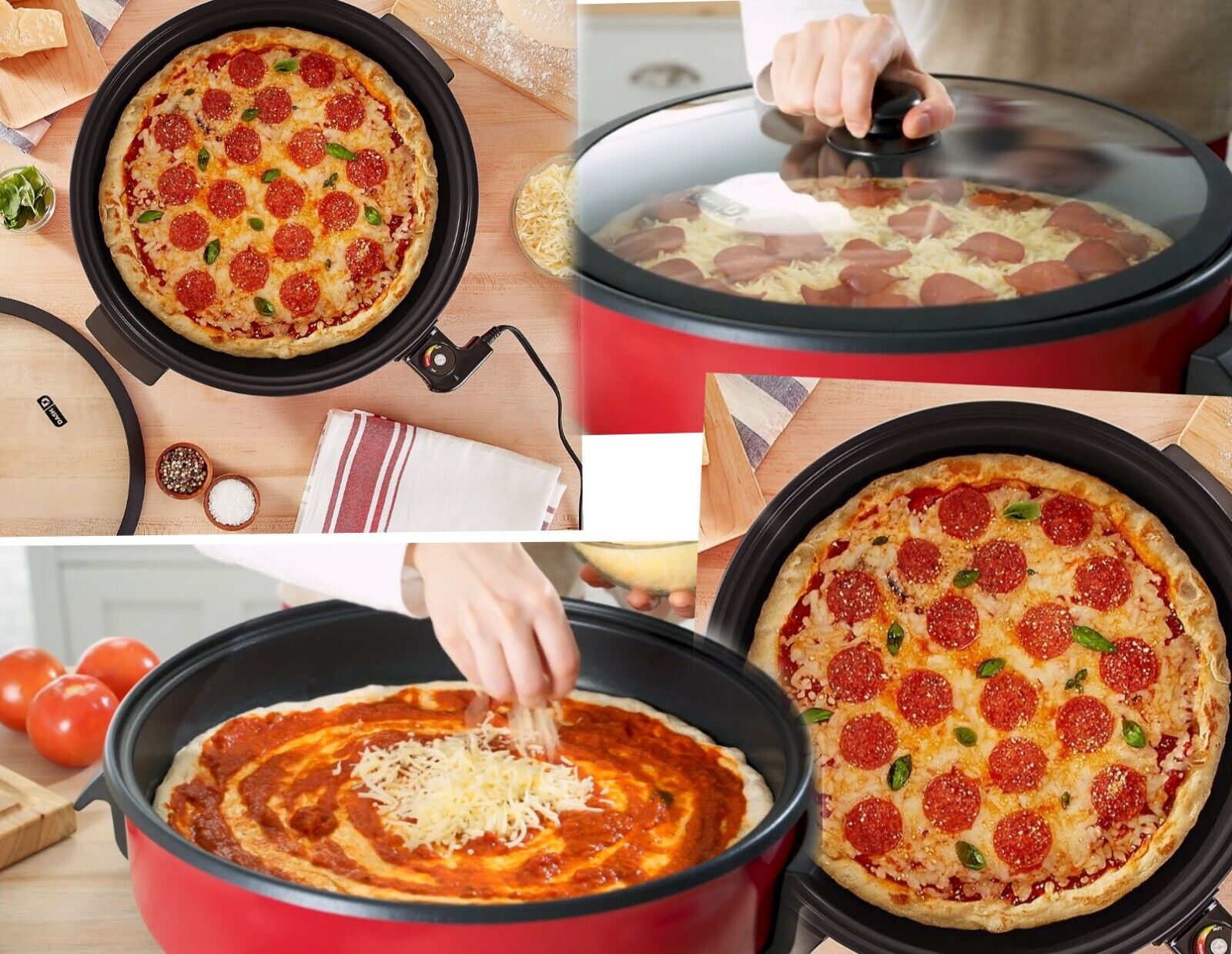

Articles
How To Cook Pizza On Electric Skillet
Modified: May 6, 2024
Learn how to cook delicious pizzas on an electric skillet with these helpful articles. Discover tips and tricks for perfecting your homemade pizza every time.
(Many of the links in this article redirect to a specific reviewed product. Your purchase of these products through affiliate links helps to generate commission for Storables.com, at no extra cost. Learn more)
Introduction
There’s no denying that pizza is a beloved dish enjoyed by people all around the world. Traditionally, pizza is cooked in a brick oven or a regular oven. However, did you know that you can also cook pizza on an electric skillet? Yes, that’s right! With a few simple steps and the right equipment, you can enjoy a delicious homemade pizza cooked to perfection on your electric skillet.
Electric skillets are versatile kitchen appliances that are commonly used for frying, sautéing, and even baking. They offer a convenient and efficient way to cook a wide variety of dishes, including pizza. Whether you’re looking to make a quick snack or entertain guests with a homemade pizza, using an electric skillet is a great option.
In this article, we will guide you through the process of cooking pizza on an electric skillet. From choosing the right skillet to preparing the dough and assembling the toppings, we’ll cover everything you need to know to achieve a delicious and crispy pizza right in your own kitchen.
Key Takeaways:
- Cooking pizza on an electric skillet offers a convenient and enjoyable alternative to traditional oven baking. With the right skillet, dough, and toppings, you can create delicious homemade pizzas right in your own kitchen.
- Choosing the right electric skillet, preparing the dough and toppings, and following key cooking tips are essential for achieving perfectly cooked pizzas. Get creative with variations and enjoy the process of making your own homemade pizza.
Read more: How To Cook On Electric Skillet
Choosing the Right Electric Skillet
When it comes to cooking pizza on an electric skillet, selecting the right skillet is crucial to ensure the best results. Here are some factors to consider when choosing an electric skillet for your pizza-making adventures:
- Size and Shape: Electric skillets come in various sizes and shapes, including round, square, and rectangular options. For cooking pizza, a rectangular skillet is typically the best choice as it closely resembles the shape of a traditional pizza.
- Temperature Control: Look for an electric skillet with precise temperature control settings. Pizza requires a high and consistent temperature to achieve a crispy crust, so having the ability to control and maintain the heat is essential for a successful pizza-making experience.
- Non-Stick Surface: Opt for a skillet with a non-stick surface. This will prevent the dough from sticking to the bottom and make it easier to slide the pizza off the skillet once it’s cooked.
- Depth: Consider the depth of the skillet. A deeper skillet can accommodate more toppings and give you more room to work with when assembling your pizza.
- Quality and Durability: Choose a skillet made from high-quality materials that can withstand high temperatures and frequent use. Stainless steel and cast iron skillets are excellent options for cooking pizza.
- Easy to Clean: Look for a skillet that is easy to clean. Removable temperature controls and dishwasher-safe parts can make the cleaning process a breeze.
Take your time to research and read customer reviews to find a reliable and suitable electric skillet for your pizza-making needs. Once you have a quality skillet at hand, you’ll be well on your way to creating mouth-watering pizzas in no time.
Preparing the Pizza Dough
Now that you have chosen the right electric skillet, it’s time to prepare the pizza dough. The dough is the foundation of any great pizza, and making it from scratch adds a personal touch and allows you to customize the flavor and texture.
Here’s a basic recipe for pizza dough:
- 2 ½ cups all-purpose flour
- 1 teaspoon salt
- 1 teaspoon sugar
- 2 ¼ teaspoons instant yeast
- 1 cup warm water
- 2 tablespoons olive oil
To prepare the dough, follow these steps:
- In a large mixing bowl, combine the flour, salt, and sugar. Mix well.
- In a separate small bowl, dissolve the yeast in warm water and let it sit for about 5 minutes until it becomes frothy.
- Add the yeast mixture and olive oil to the flour mixture. Stir until a dough forms.
- Transfer the dough onto a lightly floured surface and knead for about 5-7 minutes until it becomes smooth and elastic.
- Place the dough in a greased bowl, cover it with a clean kitchen towel, and let it rise in a warm area for about 1 hour or until it doubles in size.
- Once the dough has risen, punch it down to release the air and divide it into desired portions.
Now that your pizza dough is ready, you can move on to preparing the delicious toppings that will take your pizza to the next level.
Preparing the Pizza Toppings
The beauty of making homemade pizza is the ability to get creative with the toppings. You can choose from a wide variety of ingredients to suit your preferences and experiment with different flavor combinations. Here are some classic pizza toppings and suggestions to inspire your culinary creations:
- Tomato Sauce: Start with a base of tomato sauce or marinara. You can use store-bought or make your own by sautéing onions and garlic in olive oil, then adding crushed tomatoes, herbs, and spices.
- Cheese: Mozzarella cheese is a popular choice for pizza, as it melts well and provides a creamy and stretchy texture. You can also mix in other cheeses like cheddar, Parmesan, or feta for added flavor.
- Meat: Add your favorite meats, such as thinly sliced pepperoni, cooked sausage, ham, bacon, or grilled chicken. For vegetarians, consider using plant-based alternatives like diced tofu, tempeh, or vegan sausage.
- Veggies: Load up on a variety of vegetables for a colorful and nutritious pizza. Some popular options include sliced bell peppers, onions, mushrooms, tomatoes, black olives, spinach, and fresh basil.
- Herbs and Spices: Enhance the flavor of your pizza with a sprinkle of dried or fresh herbs, such as oregano, basil, thyme, or red pepper flakes. Experiment with different combinations to find your favorite.
- Sauces and Drizzles: Get creative with sauces and drizzles to add an extra burst of flavor. Consider options like pesto, BBQ sauce, Sriracha, or balsamic glaze.
Remember to prepare all your toppings in advance and have them ready to assemble on your pizza. This will ensure a smooth and efficient cooking process. With the dough and toppings prepared, it’s time to move on to the actual cooking on the electric skillet.
Preheating the Electric Skillet
Before you start assembling the pizza on the electric skillet, it’s important to preheat the skillet to ensure even cooking and a crispy crust. Here’s how to properly preheat your electric skillet:
- Ensure that the skillet is clean and dry before use.
- Place the skillet on a stable and heat-resistant surface, away from any flammable materials.
- Adjust the temperature control setting to the desired temperature for cooking the pizza. This is typically around 400 to 450°F (200 to 230°C).
- Allow the electric skillet to preheat for at least 10 to 15 minutes to reach the desired temperature. This ensures that the skillet is evenly heated and ready to cook the pizza.
- To check if the skillet is hot enough, you can sprinkle a few drops of water on the surface. If the water droplets sizzle and evaporate immediately, the skillet is ready.
Remember to use oven mitts or heat-resistant gloves when touching the skillet, as the surface will be extremely hot. Once the skillet is preheated, it’s time to assemble the pizza and transfer it onto the hot surface.
Note: Be sure to refer to the manufacturer’s instructions for your specific electric skillet model, as preheating times and temperature settings may vary.
Preheat the electric skillet to 400°F and place the pizza in the skillet. Cover and cook for 10-15 minutes, checking occasionally to ensure the crust doesn’t burn. Enjoy your homemade pizza!
Assembling the Pizza on the Skillet
Now that your electric skillet is preheated and ready, it’s time to assemble the pizza. Here’s how you can do it:
- Lightly flour a clean surface and roll out the pizza dough into your desired shape and thickness. Transfer the rolled-out dough onto a lightly floured pizza peel or a flat surface that will allow you to easily transfer it onto the hot skillet.
- Carefully slide the rolled-out dough onto the preheated electric skillet. Be cautious while doing this to avoid any burns or accidents.
- Quickly spread a thin layer of tomato sauce or marinara evenly over the dough, leaving a small border around the edges for the crust.
- Sprinkle a generous amount of shredded mozzarella cheese over the sauce, ensuring an even distribution.
- Add your desired toppings, layering them evenly across the pizza. Be creative and experiment with different combinations.
- Season the pizza with your preferred herbs, spices, and any additional sauces or drizzles for extra flavor.
Be mindful not to overload the pizza with too many toppings as this can lead to a soggy crust. It’s best to keep the toppings balanced and spread out evenly.
Once you have assembled your pizza on the skillet, it’s time to cook it to perfection. Let’s move on to the next step in the process: cooking the pizza on the electric skillet.
Cooking the Pizza on the Electric Skillet
Now that your pizza is assembled on the electric skillet, it’s time to cook it to perfection. Follow these steps for deliciously cooked pizza:
- Place a lid or cover on the electric skillet to create a mini-oven effect and trap the heat inside. This helps to melt the cheese and cook the toppings evenly.
- Let the pizza cook on medium-high heat for about 10 to 12 minutes. This time may vary depending on the thickness of the crust and the toppings used.
- Check the pizza periodically to ensure that it’s not burning. Lift the lid and peek underneath the crust to see if it’s golden brown and crispy.
- If you prefer a slightly crispier crust, you can remove the lid for the last few minutes of cooking to allow the excess moisture to evaporate. Keep a close eye on the pizza to prevent any burning.
- Once the pizza is cooked to your desired level of doneness, carefully remove it from the electric skillet using a spatula or pizza peel.
- Transfer the pizza onto a cutting board and let it cool for a few minutes before slicing.
Remember, cooking times may vary depending on your electric skillet and the specific recipe you’re following. It’s always a good idea to keep an eye on the pizza while it’s cooking to ensure the ideal result.
Now that your pizza is cooked to perfection, it’s time to serve and enjoy your homemade creation. But before you dig in, let’s go over some tips for achieving a perfectly cooked pizza on the electric skillet.
Tips for Perfectly Cooked Pizza
To ensure that your pizza turns out perfectly cooked and bursting with flavor, here are some helpful tips to keep in mind:
- Preheat the skillet thoroughly: Make sure to preheat your electric skillet for at least 10-15 minutes before placing the pizza on it. This allows the skillet to reach the desired temperature and ensures a crispy crust.
- Use parchment paper or cornmeal: To prevent the dough from sticking to the skillet, place a sheet of parchment paper or sprinkle some cornmeal on the skillet before assembling the pizza. This helps the pizza slide off easily once it’s cooked.
- Don’t overload the pizza: While it’s tempting to pile on the toppings, too many toppings can weigh down the dough and result in a soggy crust. Moderation is key. Keep the toppings balanced and evenly distributed.
- Cook over medium-high heat: Cooking the pizza over medium-high heat allows for even cooking and helps achieve a golden brown crust. Adjust the heat as needed to avoid burning the pizza.
- Experiment with different toppings: Don’t be afraid to get creative with your pizza toppings. Mix and match flavors, try different combinations, and explore new ingredients to enhance the taste and create unique pizzas.
- Cut the pizza with a sharp knife or pizza cutter: Once your pizza is cooked and slightly cooled, use a sharp knife or pizza cutter to slice it. This will ensure clean, neat cuts without disturbing the toppings.
- Let the pizza rest before serving: Allow your pizza to rest for a few minutes after it’s sliced. This allows the flavors to meld together and makes it easier to handle. Plus, nobody wants to burn their mouth on piping hot cheese!
By following these tips, you’ll be on your way to enjoying a perfectly cooked homemade pizza that rivals those from your favorite pizzeria.
Now that you have a grasp on the essentials, let’s explore some additional variations and suggestions to take your electric skillet pizza to the next level.
Additional Variations and Suggestions
While traditional pizza toppings are always delicious, why not explore some additional variations and suggestions to make your electric skillet pizza even more exciting? Here are some ideas to inspire your culinary creativity:
- Grilled Veggie Pizza: Brush your favorite vegetables, like zucchini, bell peppers, and onions, with olive oil and grill them before adding them as toppings to your pizza. This adds a smoky flavor and a delightful charred texture.
- Margherita Pizza: Keep it classic with a Margherita pizza. Top your dough with tomato sauce, fresh mozzarella cheese, and a generous amount of basil leaves. Drizzle with olive oil and sprinkle with salt and pepper for a simple yet flavorful pizza.
- Hawaiian Pizza: For a tropical twist, add sliced ham or Canadian bacon along with chunks of pineapple to your pizza. The combination of sweet and savory flavors is sure to please.
- Barbecue Chicken Pizza: Swap out the tomato sauce for your favorite barbecue sauce, then add cooked chicken, red onions, and cilantro to create a tangy and savory pizza.
- White Pizza: Skip the tomato sauce altogether and create a white pizza with a garlic-infused olive oil base. Top it with a combination of cheeses like mozzarella, ricotta, and Parmesan, along with herbs like fresh rosemary or thyme.
- Seafood Pizza: If you’re a fan of seafood, consider adding shrimp, scallops, or even crab meat to your pizza. Pair them with a white sauce or garlic butter for a delightful seafood pizza experience.
- Mexican-Inspired Pizza: Give your pizza a Mexican twist by using ingredients like salsa, black beans, corn, jalapeños, and shredded Mexican cheese blend. Top it off with some avocado slices and a squeeze of lime for an added burst of freshness.
Feel free to experiment with different combinations and flavors to create your own unique pizzas. The beauty of homemade pizza is that you have the freedom to customize it to your liking.
Now that we’ve explored additional suggestions and variations, it’s time to wrap up this guide to cooking pizza on an electric skillet.
Read more: How To Cook Pasta In Electric Skillet
Conclusion
Cooking pizza on an electric skillet is a convenient and enjoyable way to satisfy your pizza cravings without the need for a traditional oven. With the right skillet, a homemade dough, and your favorite toppings, you can create delicious and perfectly cooked pizzas right in your own kitchen.
In this guide, we’ve covered the essential steps for cooking pizza on an electric skillet. We started by discussing the importance of choosing the right skillet and highlighted key factors to consider, such as size, temperature control, non-stick surface, depth, quality, and ease of cleaning.
We then moved on to the preparation process, including making the pizza dough from scratch and selecting and preparing the toppings. Remember, creativity is key when it comes to toppings, so don’t be afraid to explore different flavors and combinations.
We also discussed the crucial step of preheating the electric skillet to ensure even cooking and a crispy crust. Additionally, we provided tips for assembling the pizza on the skillet, cooking it to perfection, and achieving a crispy crust along with perfectly melted cheese and toppings.
To further enhance your pizza-making experience, we shared additional variations and suggestions for unique and delicious pizzas. From grilled veggie pizza to seafood pizza, the possibilities are endless when it comes to creating your own customized masterpieces.
So, next time you’re craving a homemade pizza, don’t hesitate to grab your electric skillet and follow the steps outlined in this guide. With a little practice and experimentation, you’ll be able to impress your family and friends with delicious pizzas cooked to perfection.
Remember to have fun, be creative, and enjoy the process of making your own homemade pizza. Happy cooking!
Ready to expand your culinary skills with your electric skillet? Dive into our guide on Electric Skillet Cooking, where you'll uncover five versatile cooking methods that transform this simple appliance into a kitchen powerhouse. And if you're eager to try something specifically delightful, learn how to whip up tender, flavorful carrots using Electric Cooking techniques. Both articles offer simple steps and creative ideas to enhance your meal prep experience!
Frequently Asked Questions about How To Cook Pizza On Electric Skillet
Was this page helpful?
At Storables.com, we guarantee accurate and reliable information. Our content, validated by Expert Board Contributors, is crafted following stringent Editorial Policies. We're committed to providing you with well-researched, expert-backed insights for all your informational needs.
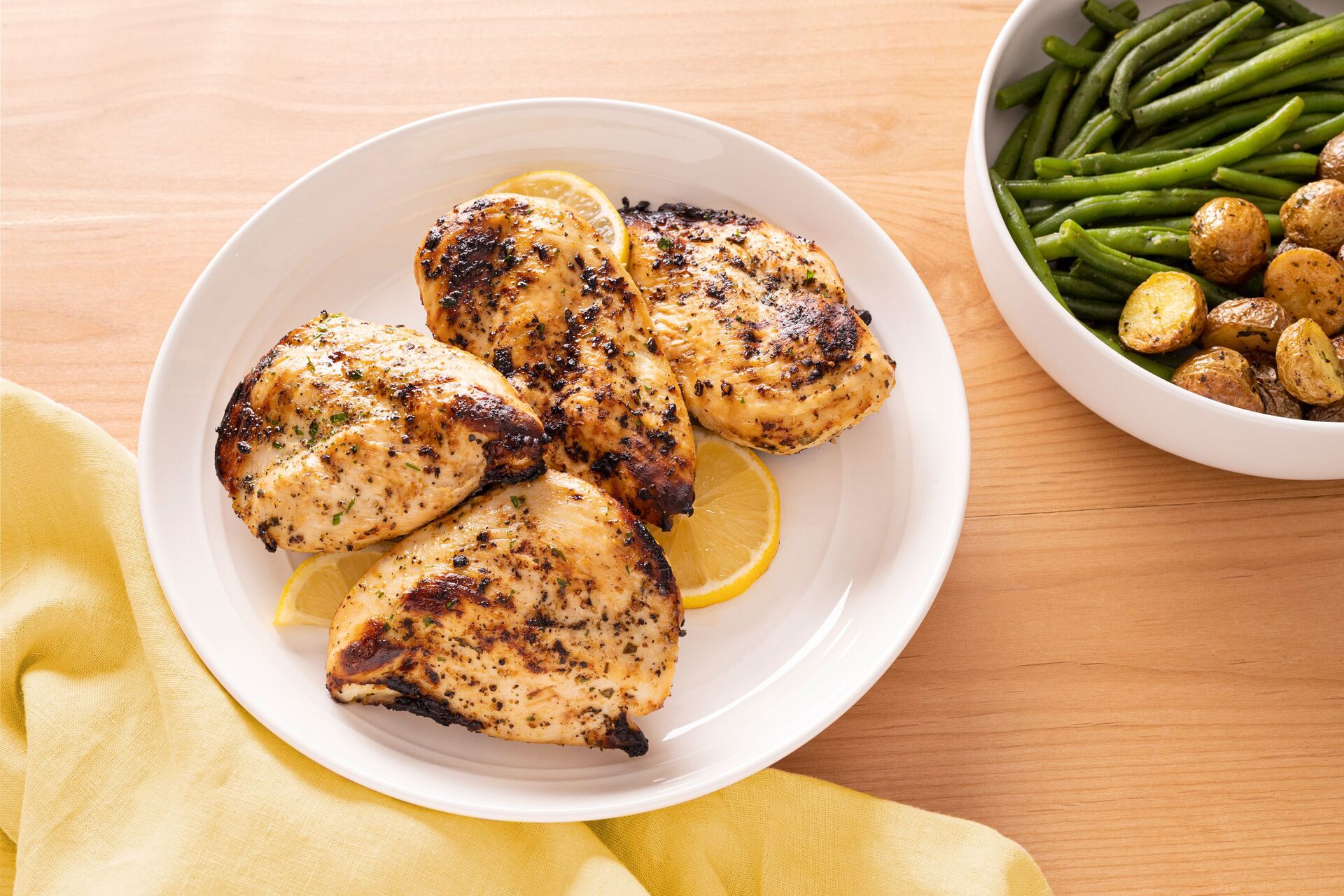
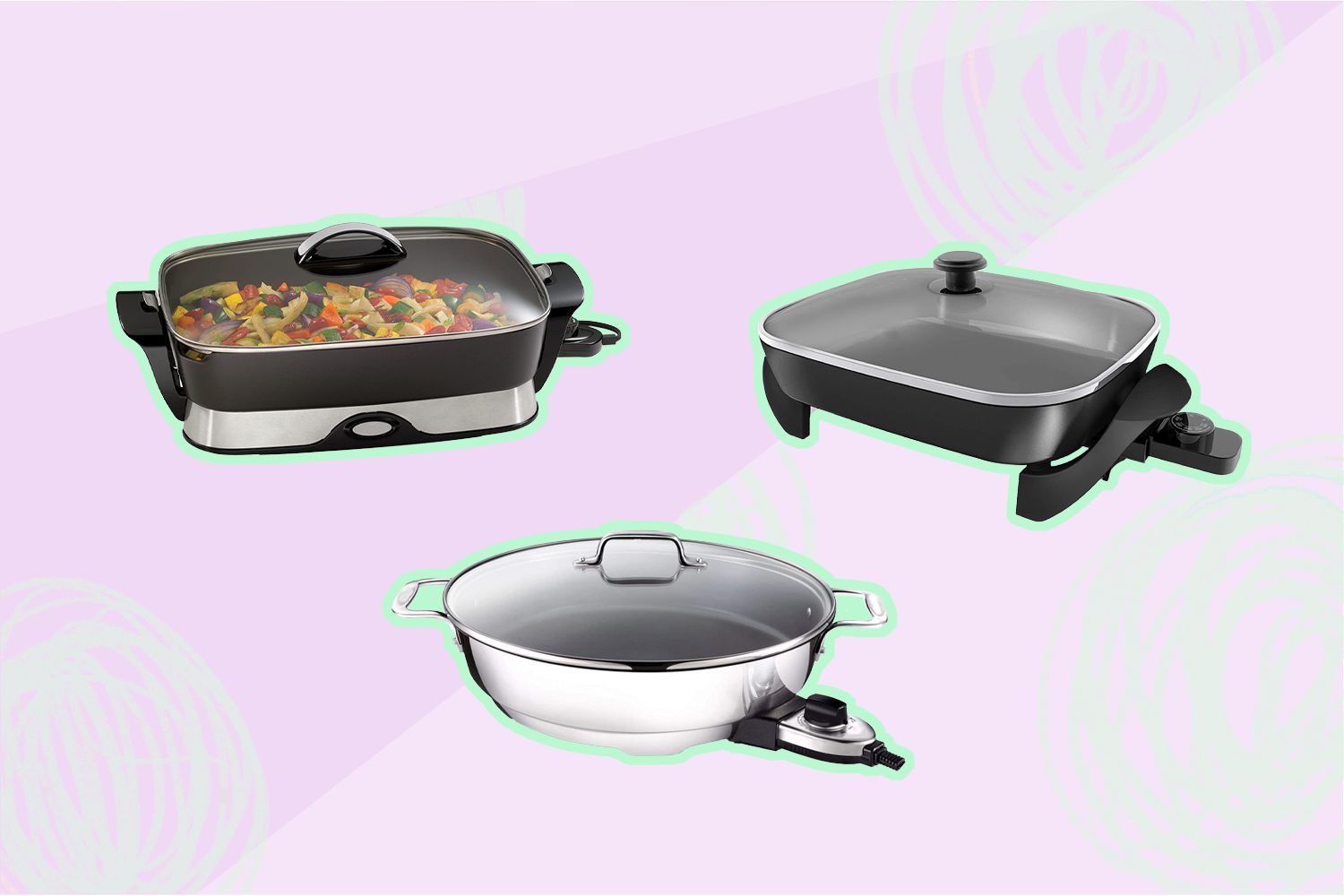
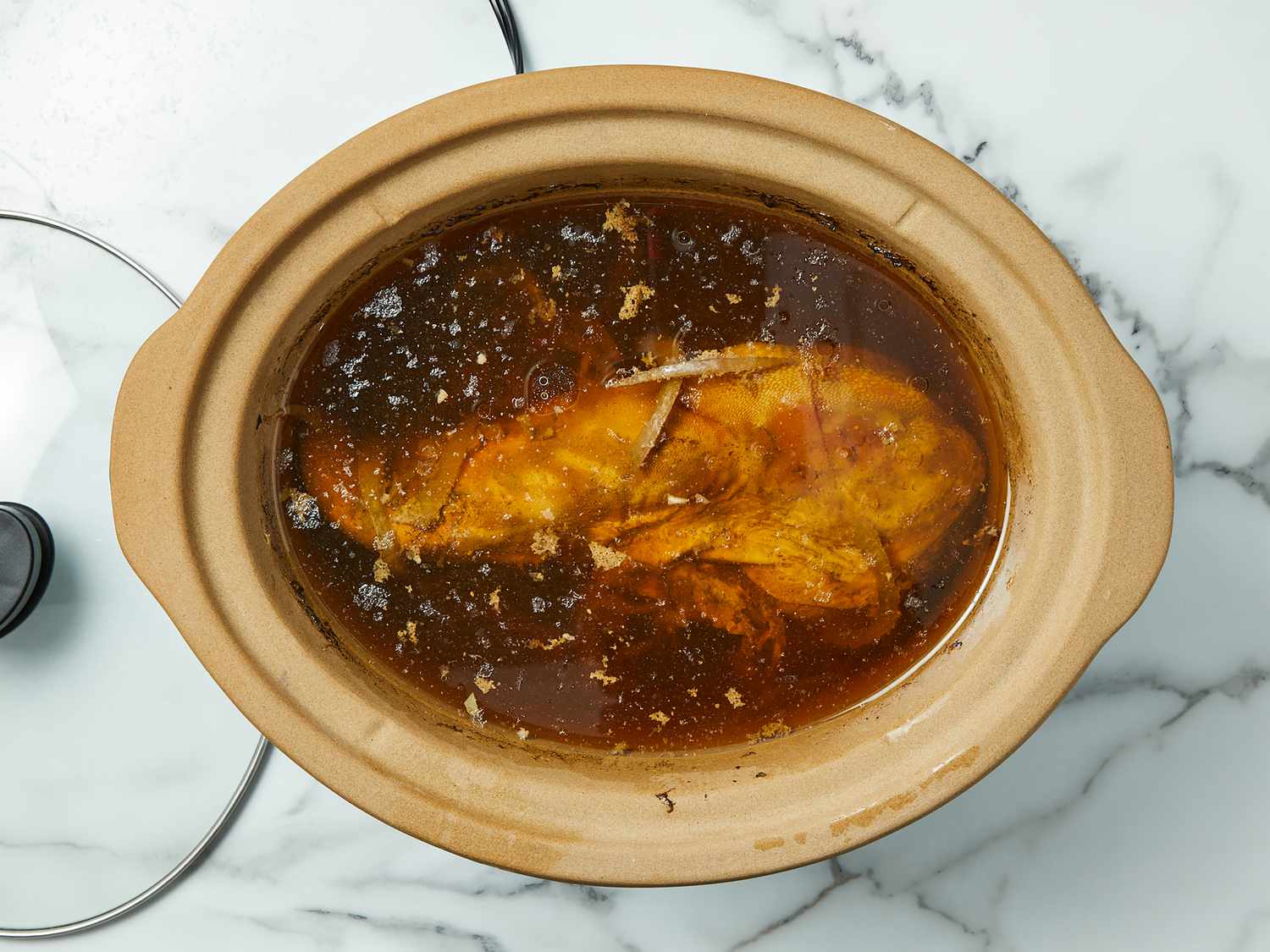
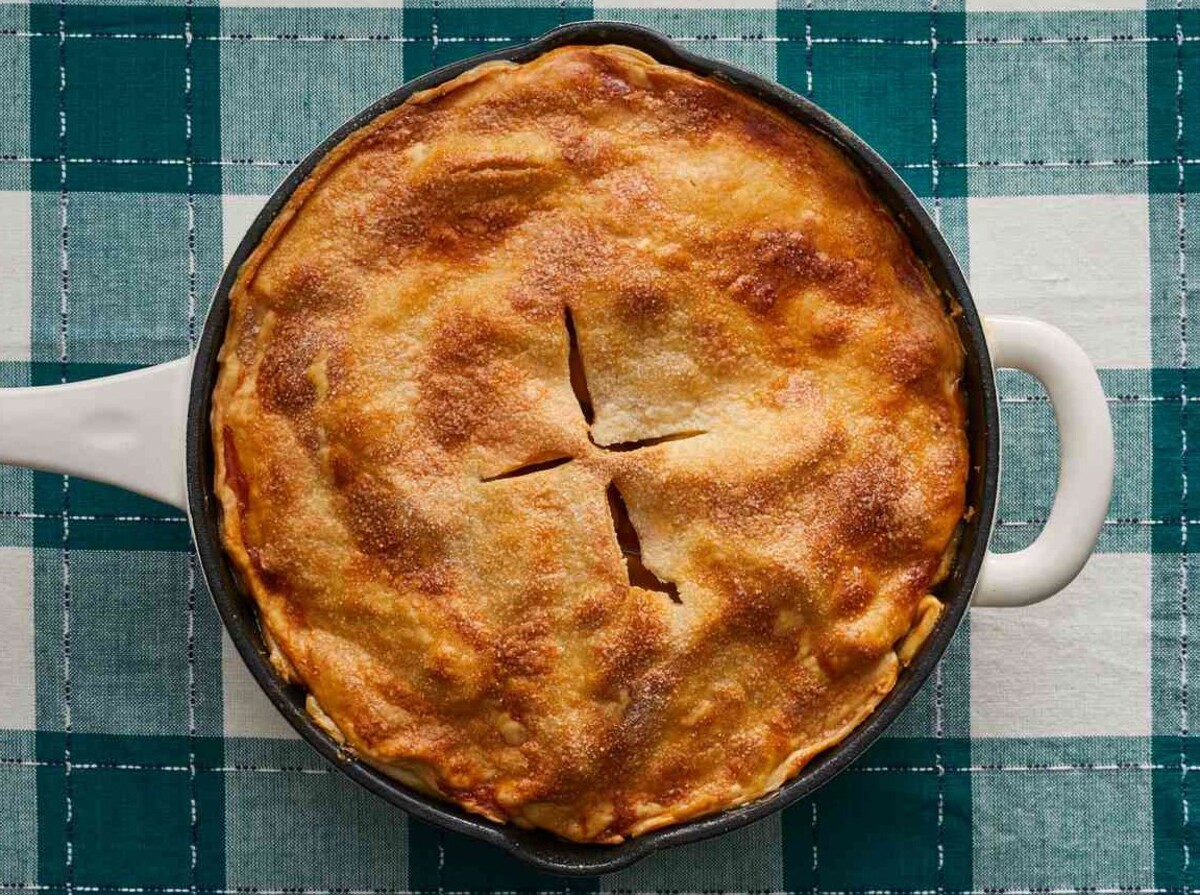
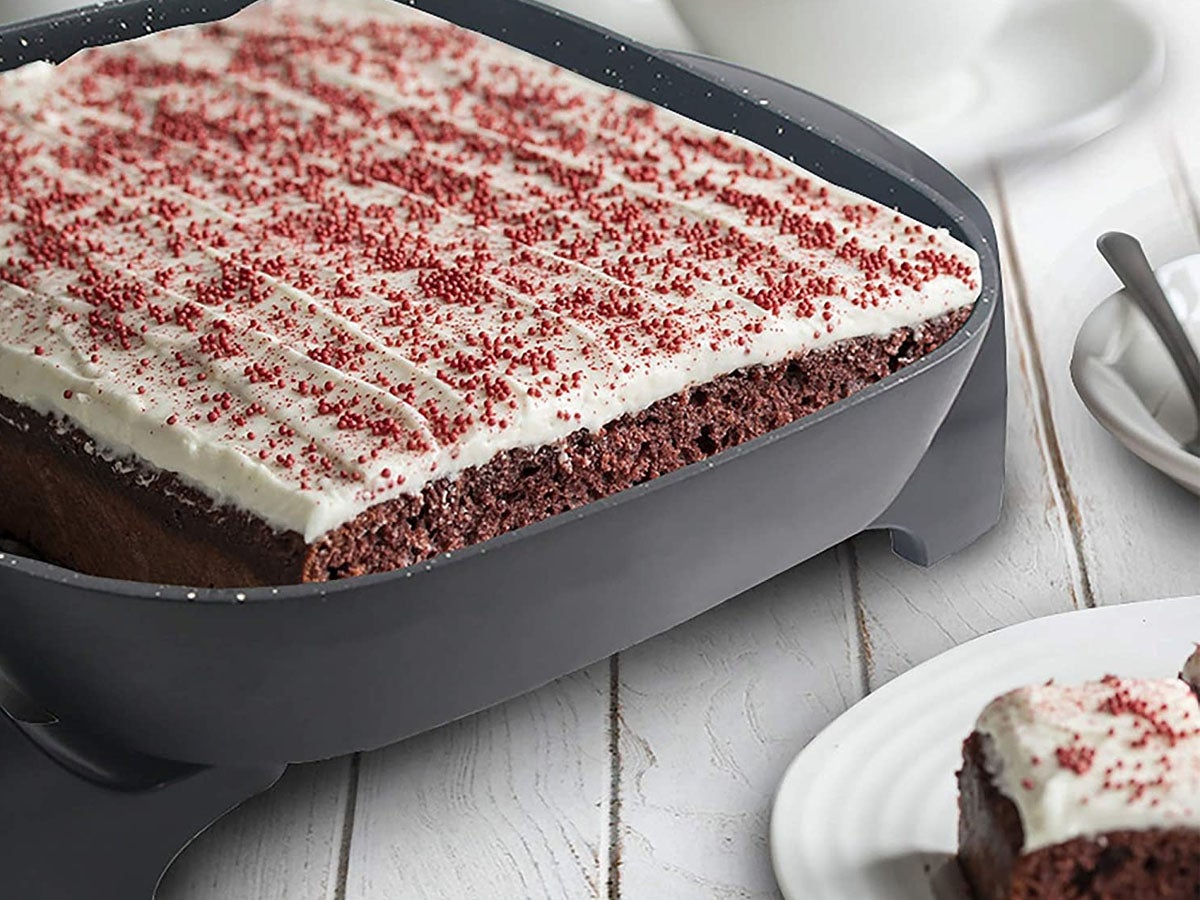
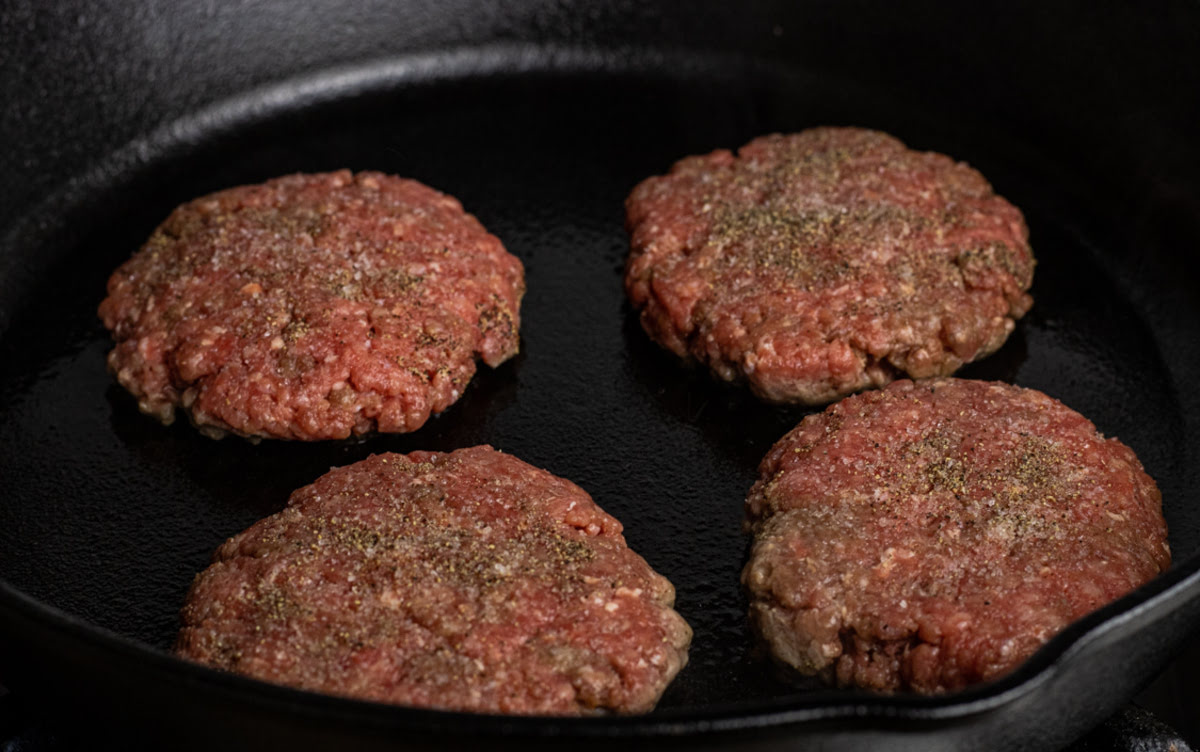
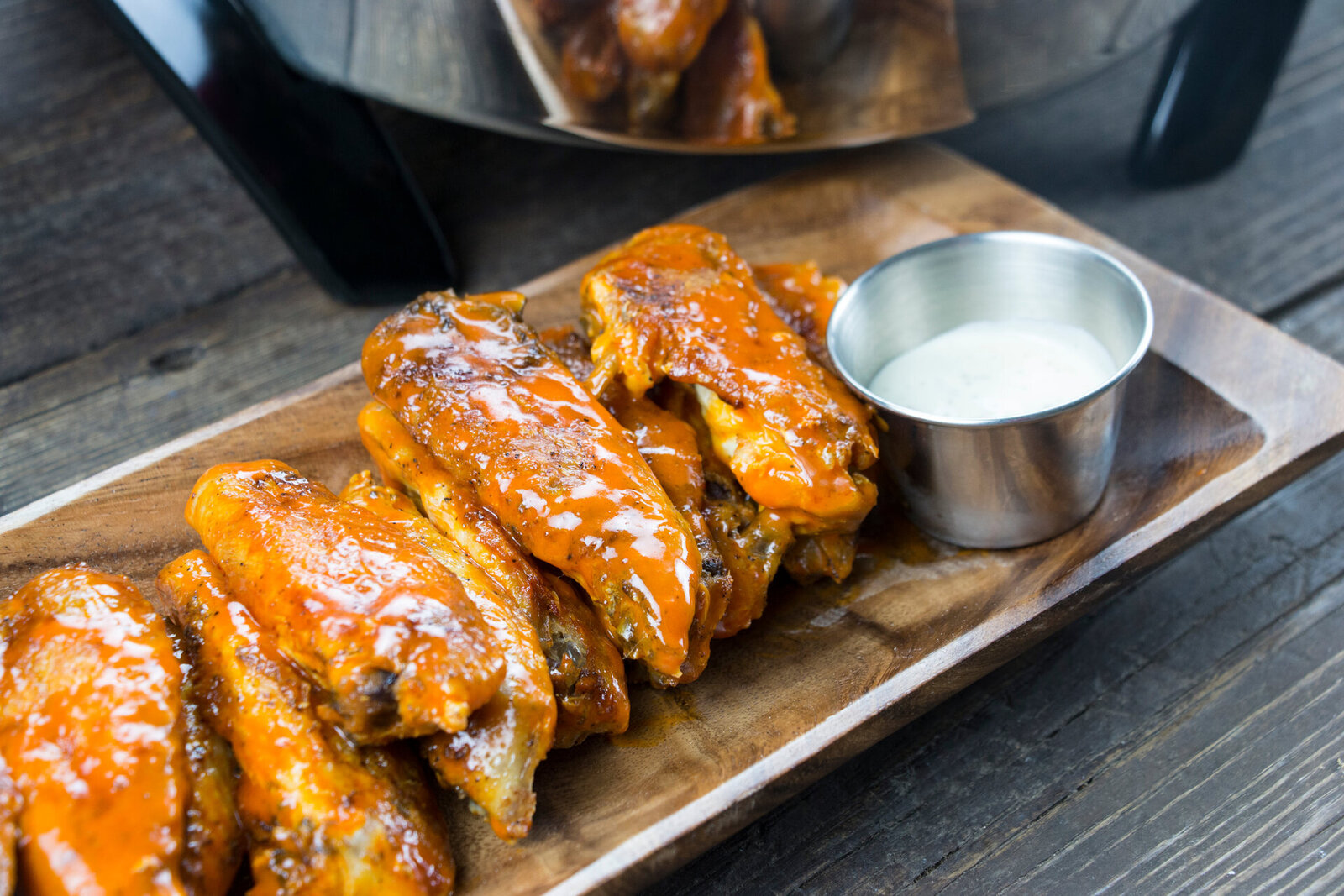
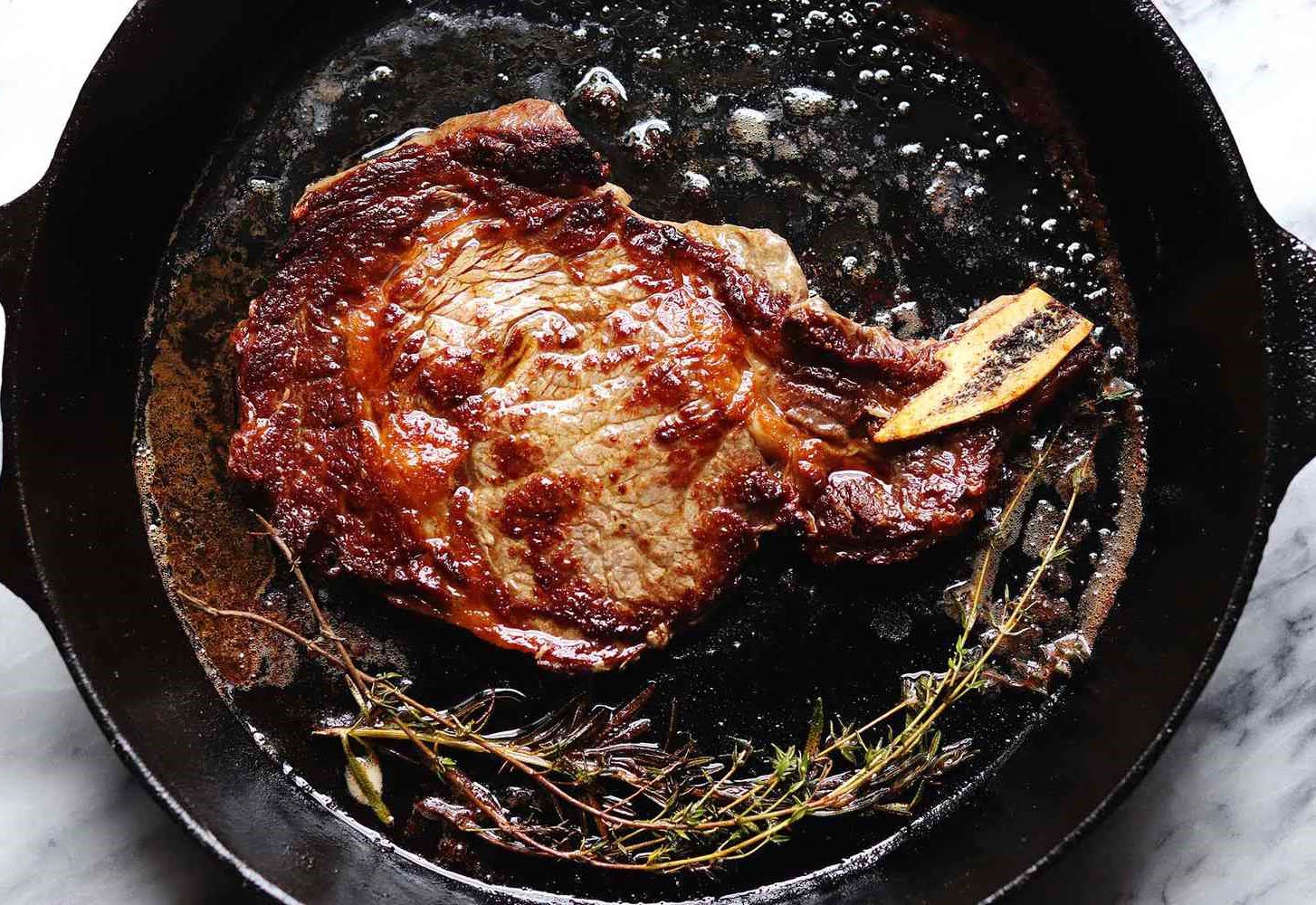
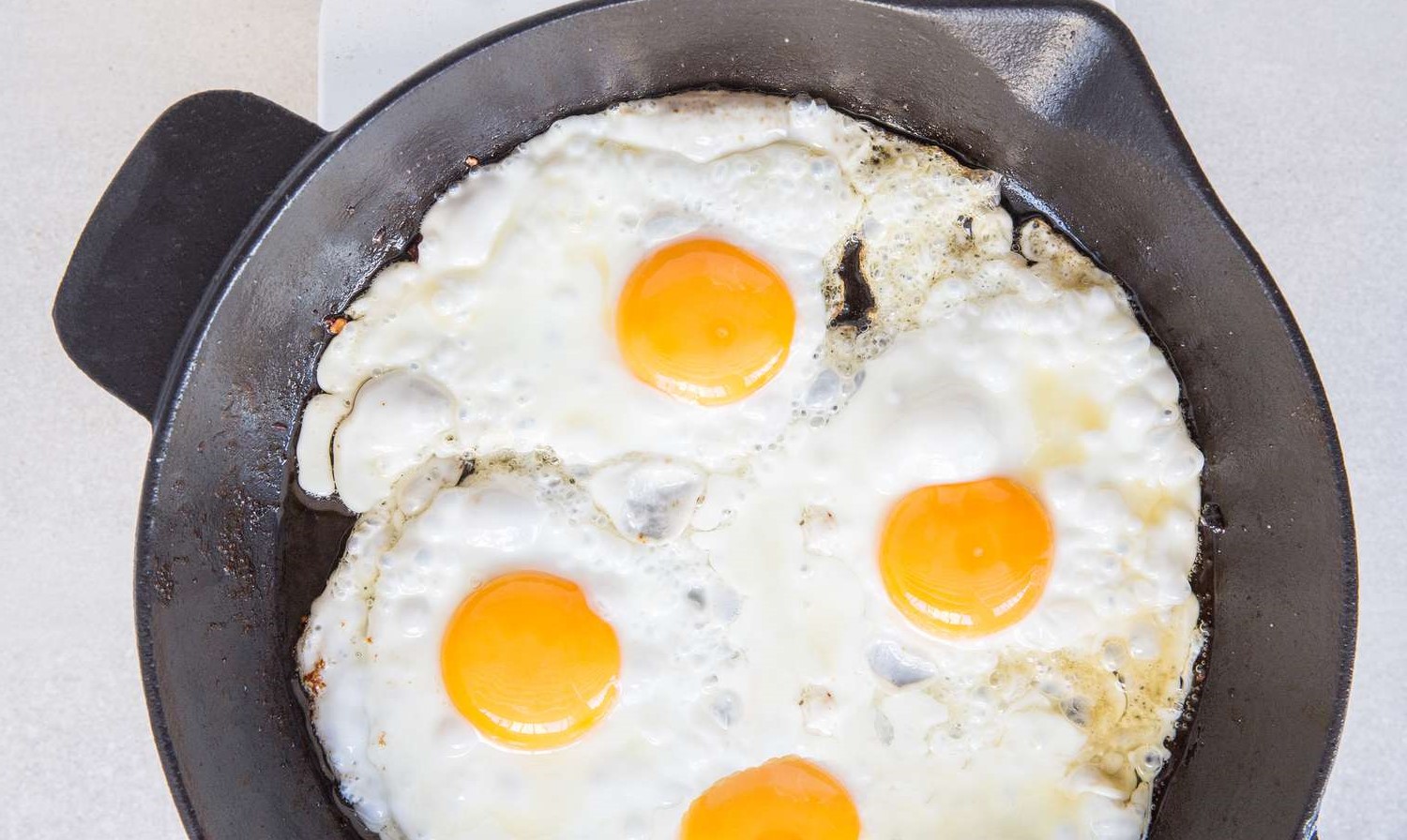
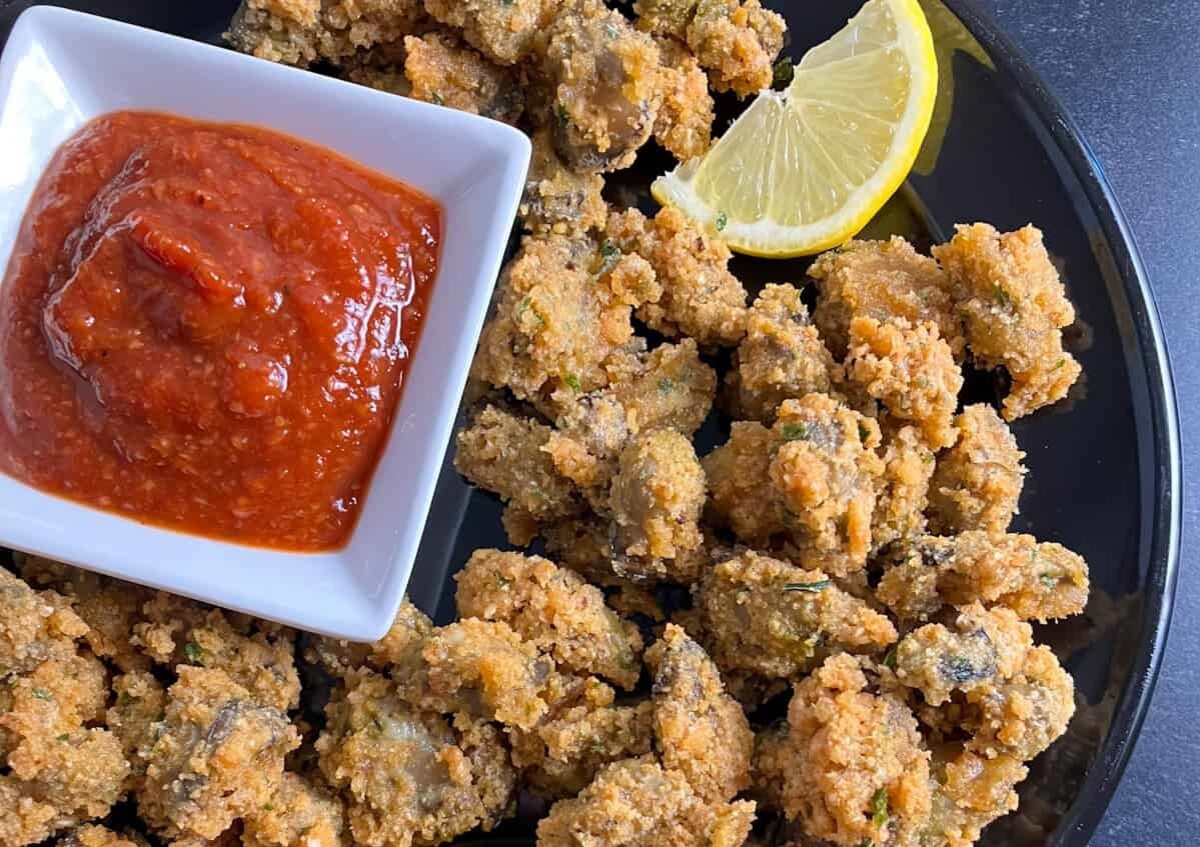
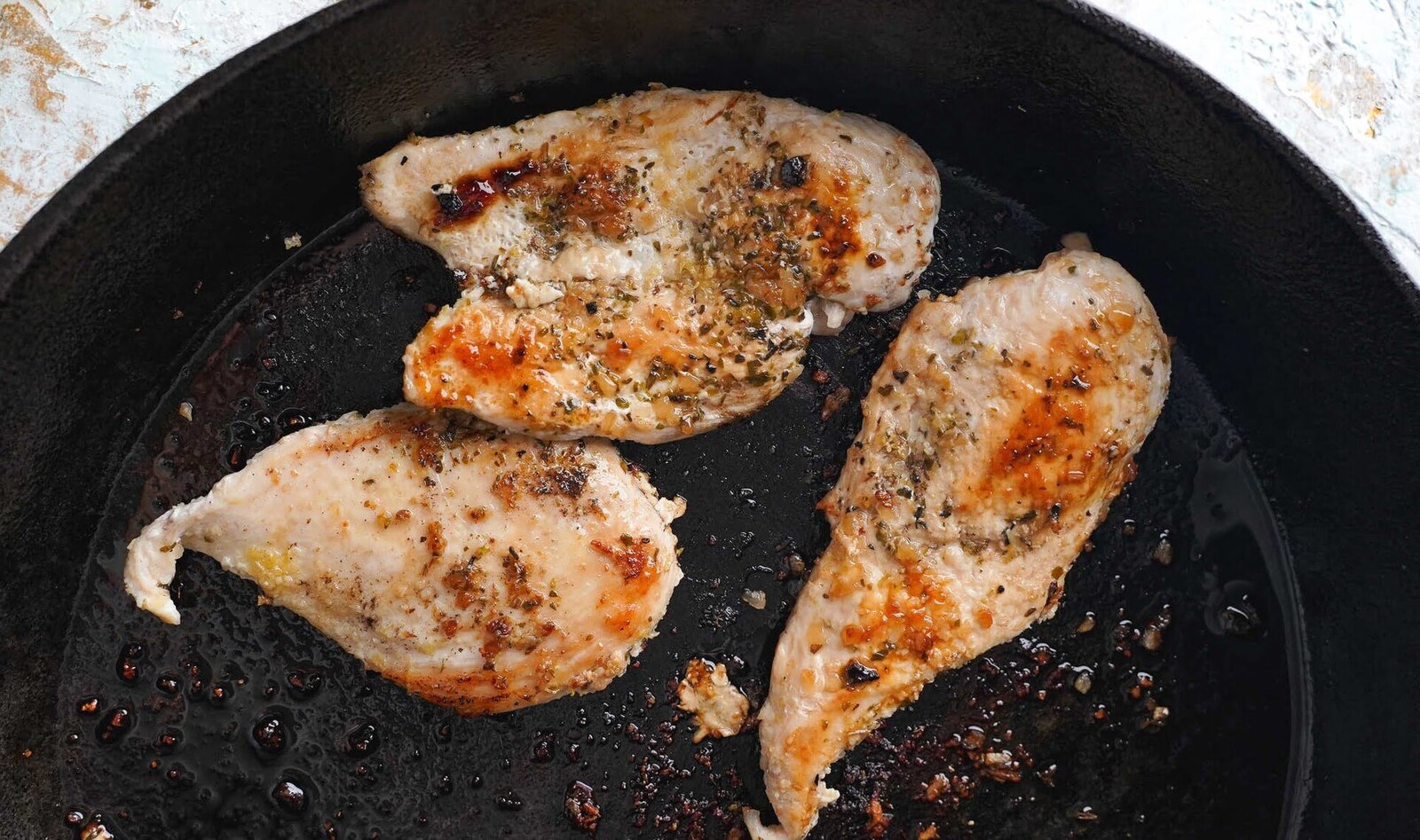
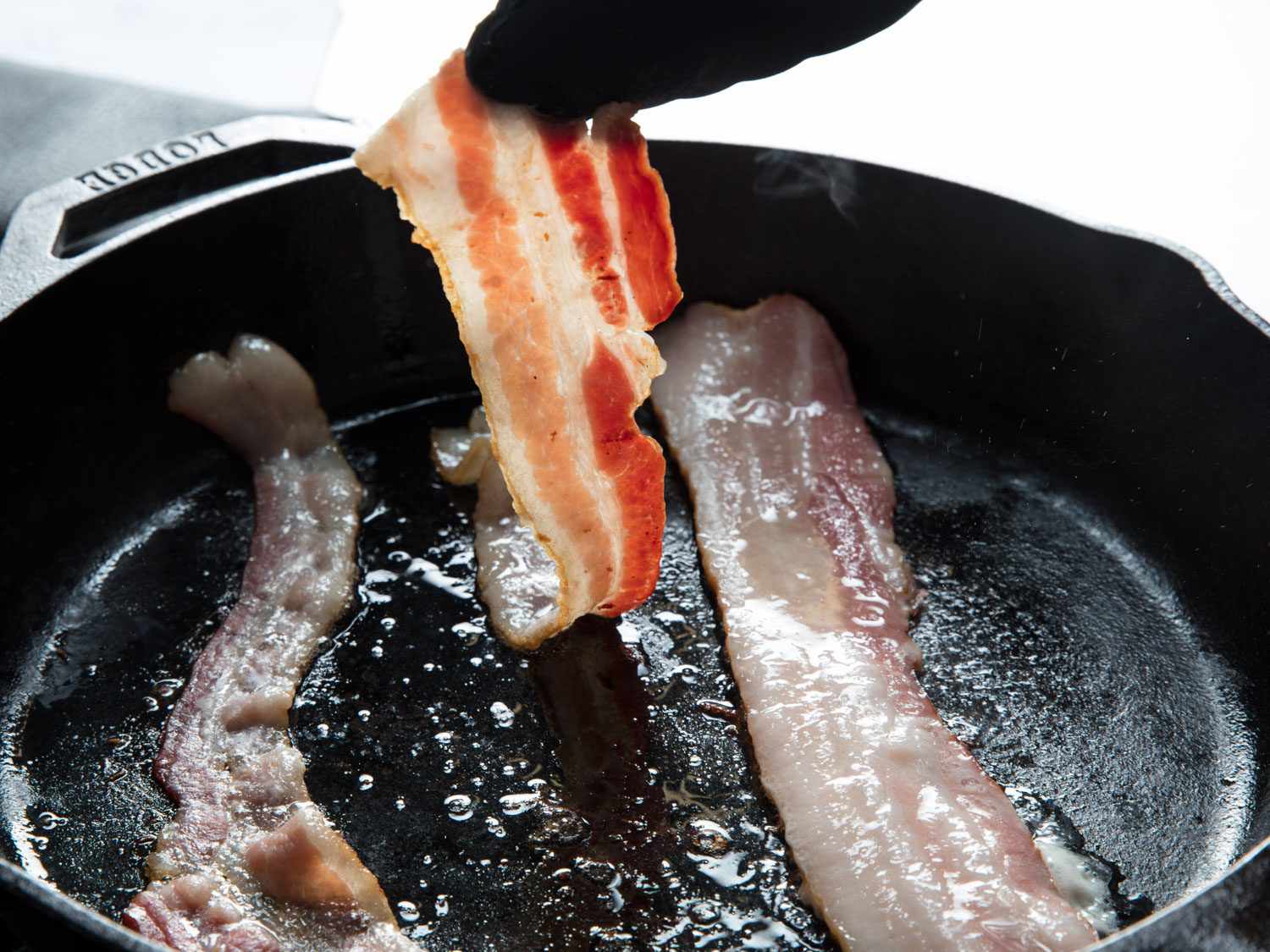
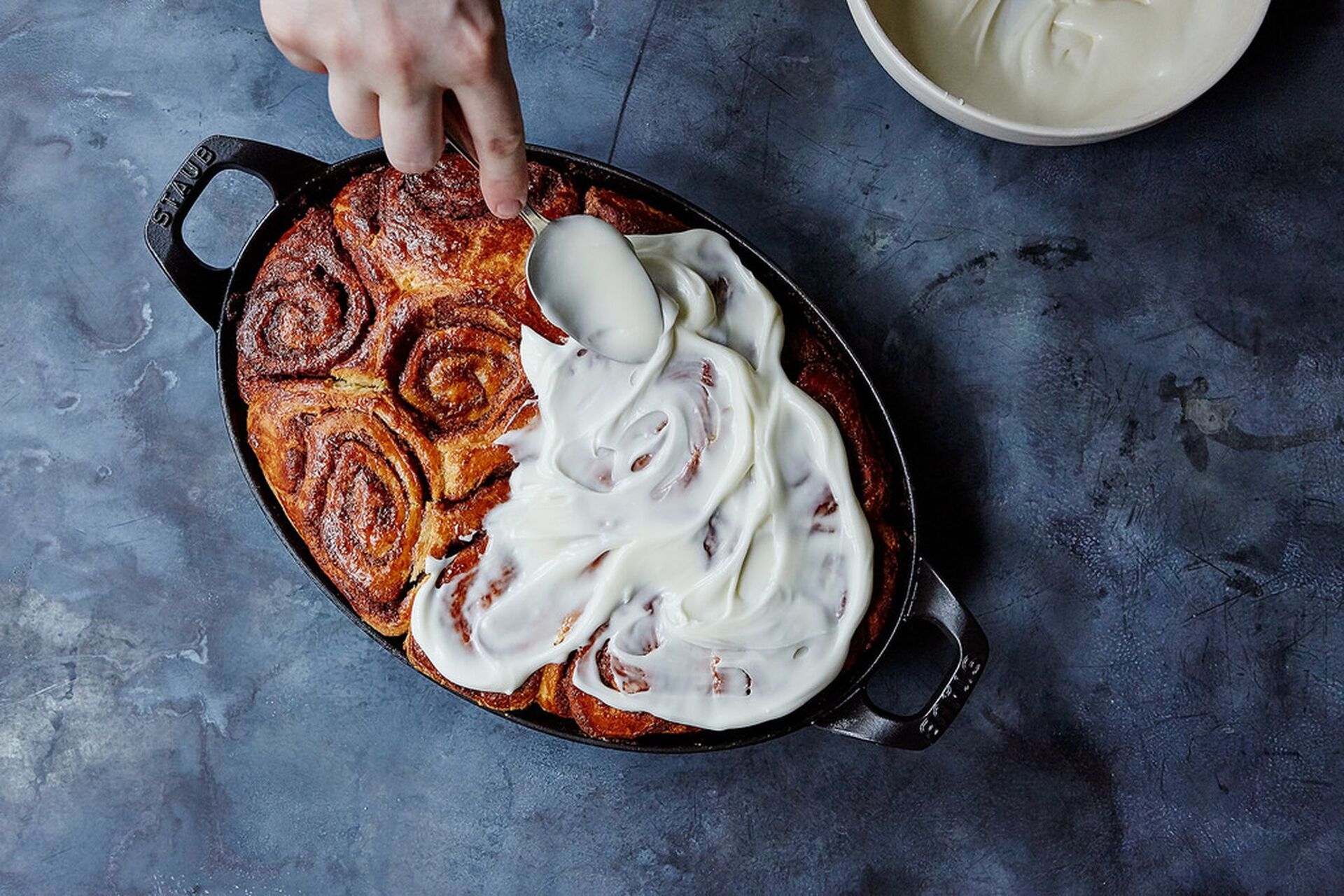

0 thoughts on “How To Cook Pizza On Electric Skillet”